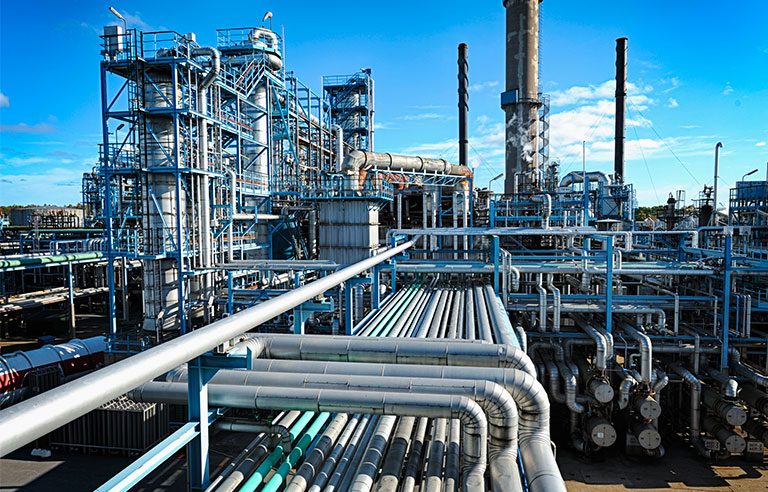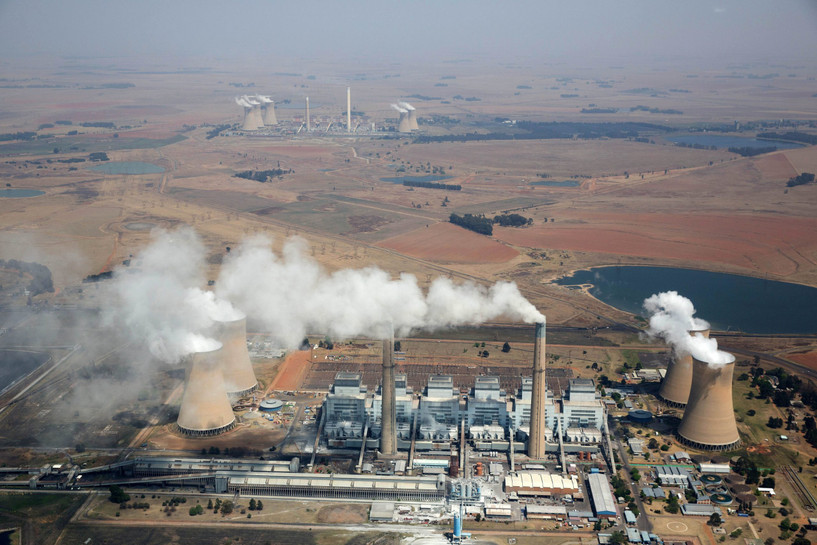What is ATEX Certification?
ATEX, short for “Atmosphères Explosibles,” is a European certification that ensures equipment and protective systems are safe to use in environments where there’s a risk of explosion—think oil refineries, chemical plants, mines, and food processing facilities. In these settings, even a small spark or excessive heat from a device can ignite flammable gases, vapours, or dust, leading to catastrophic accidents45.
Why Does ATEX Matter in South Africa?
Although ATEX is a European standard, it’s highly respected worldwide and often requested by South African industries that operate in hazardous environments or export equipment to the EU. ATEX certification demonstrates a commitment to safety and compliance with some of the world’s strictest safety regulations.
How Does ATEX Certification Work?
ATEX certification is built on two main EU directives:
-
ATEX 2014/34/EU: Focuses on the design and manufacture of equipment intended for use in explosive atmospheres.
-
ATEX 1999/92/EC: Covers workplace safety and the employer’s responsibilities in hazardous environments.
Understanding Hazardous Zones
Hazardous areas are classified into “zones” based on how often explosive atmospheres are present:
| Zone | Frequency of Explosive Atmosphere | Example |
|---|---|---|
| Zone 0 | Continuously or for long periods | Inside tanks |
| Zone 1 | Likely during normal operations | Near valves |
| Zone 2 | Rarely and for short durations | Storage rooms |
| Zone 20 | Continuous presence of explosive dust | Silos |
| Zone 21 | Likely presence of explosive dust | Near conveyors |
| Zone 22 | Rare and short presence of explosive dust | Packing areas |

What Makes Equipment ‘Intrinsically Safe’?
Intrinsically safe equipment is specially designed so that it cannot release enough electrical or thermal energy to ignite an explosive atmosphere—even if something goes wrong. This is achieved by limiting voltage, current, and temperature, often using components like Zener barriers or optocouplers.
How Do You Get ATEX Certified in South Africa?
-
Pre-Assessment: Consult with a certification expert to determine the right standard for your equipment (ATEX, IECEx, or local SANS standards).
-
Design & Documentation: Design equipment to limit energy output and prepare detailed technical documentation, including risk assessments and circuit diagrams.
-
Testing: Submit prototypes for rigorous testing by a notified body (such as SGS, TÜV, or DNV) to ensure the device won’t cause ignition in hazardous zones.
-
Certification: Once the equipment passes, you’ll receive an ATEX certificate and proper labeling (look for the “Ex” symbol).
-
Ongoing Compliance: Regular audits and inspections are required to maintain certification and ensure continued safety.
Key Benefits of ATEX Certification
-
Worker Safety: Reduces the risk of explosions and injuries.
-
Legal Compliance: Required for selling equipment in the EU and recognized by many global clients.
-
Operational Continuity: Minimizes downtime caused by safety incidents.
-
Market Access: Opens doors to international markets, especially in Europe.
ATEX vs. IECEx vs. UL: What’s the Difference?
| Certification | Region | Scope | Main Difference |
|---|---|---|---|
| ATEX | European Union | Equipment & workplace safety | Legally required in the EU |
| IECEx | International | Electrical equipment | Voluntary, globally accepted |
| UL | North America | Explosion-proof equipment | Required in US & Canada |
For South African companies, ATEX is crucial for EU exports, while IECEx is often preferred for broader international acceptance. Some businesses choose both for maximum flexibility.
Industries That Rely on ATEX Certification
-
Oil & Gas (refineries, pipelines)
-
Chemical Processing
-
Mining (underground and surface)
-
Pharmaceuticals
-
Food Processing (grain, flour, sugar)

Frequently Asked Questions
-
Is ATEX required in South Africa?
Not legally, but it’s often demanded by global clients and for exports to the EU. -
How do I know if equipment is ATEX certified?
Look for the “Ex” mark and detailed zone/category information on the label. -
Can ATEX-certified equipment be used worldwide?
ATEX is valid in the EU; for other regions, IECEx or UL certification may be needed.
Take the Next Step
If you’re operating in a hazardous environment in South Africa and want to ensure the highest safety standards—or you’re looking to export to the EU—ATEX certification is your ticket to compliance, safety, and peace of mind. Local experts like Repro Supplies and global bodies such as SGS can guide you through every step of the process.
Stay safe. Stay compliant. Choose ATEX-certified solutions for your hazardous environments.
 Rand
Rand
 US Dollar
US Dollar


















